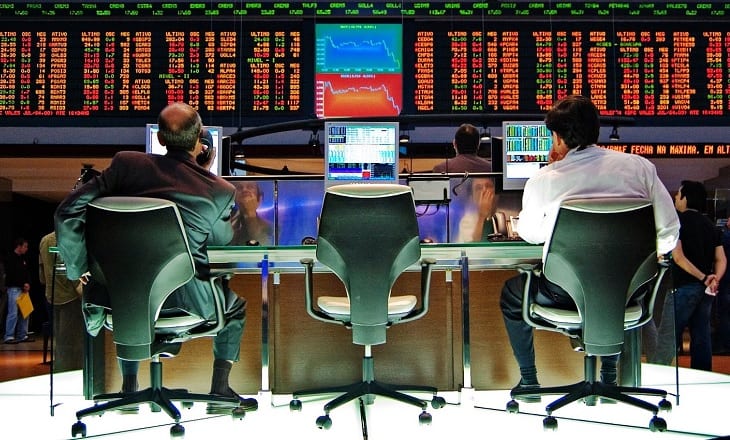The global algorithmic trading market is projected to grow by $15.33 billion from 2024 to 2028, driven by increasing demand for AI-powered market surveillance, according to a recent report from technology research and advisory firm Technavio.
According to Technavio, the market is expected to expand at a compound annual growth rate (CAGR) of 14.34% during the period.
The surge in AI and advanced electronic trading technologies is said to be transforming the algorithmic trading landscape, enhancing liquidity aggregation, reducing trading costs, and speeding up execution times.
As a result, financial institutions are increasingly adopting the new technologies to improve transparency and optimise risk management.
However, despite the market’s rapid growth, the firm says that certain challenges persist, especially in the Asia-Pacific (APAC) region, where wider bid-ask spreads in stocks, such as those in Singapore, pose difficulties for algorithmic trading.
Nonetheless, APAC is a significant player in the market, accounting for 35% of global growth, with key contributions from countries like China, Japan, and South Korea.
The report identifies major players in the market, including 63 Moons Technologies Ltd., MetaQuotes Ltd., Virtu Financial Inc., and Refinitiv.
These companies are seen as pushing the development of AI-driven algorithmic trading solutions to meet the growing demand from institutional investors, hedge funds, and mutual funds.
“The introduction of advanced electronic trading technologies has significantly benefited both vendors and customers in the Algorithmic Trading Market,” said Technavio. “Liquidity aggregation and algorithmic trading across various geographies have expanded market access for participants, reducing risk sharing and resulting in lower trading costs and faster execution times.”
They add that this has contributed to a rise in FX turnover, while new liquidity aggregation methods, including linking multiple investor pools through algorithms, have reduced search costs, a key feature of the OTC market.
